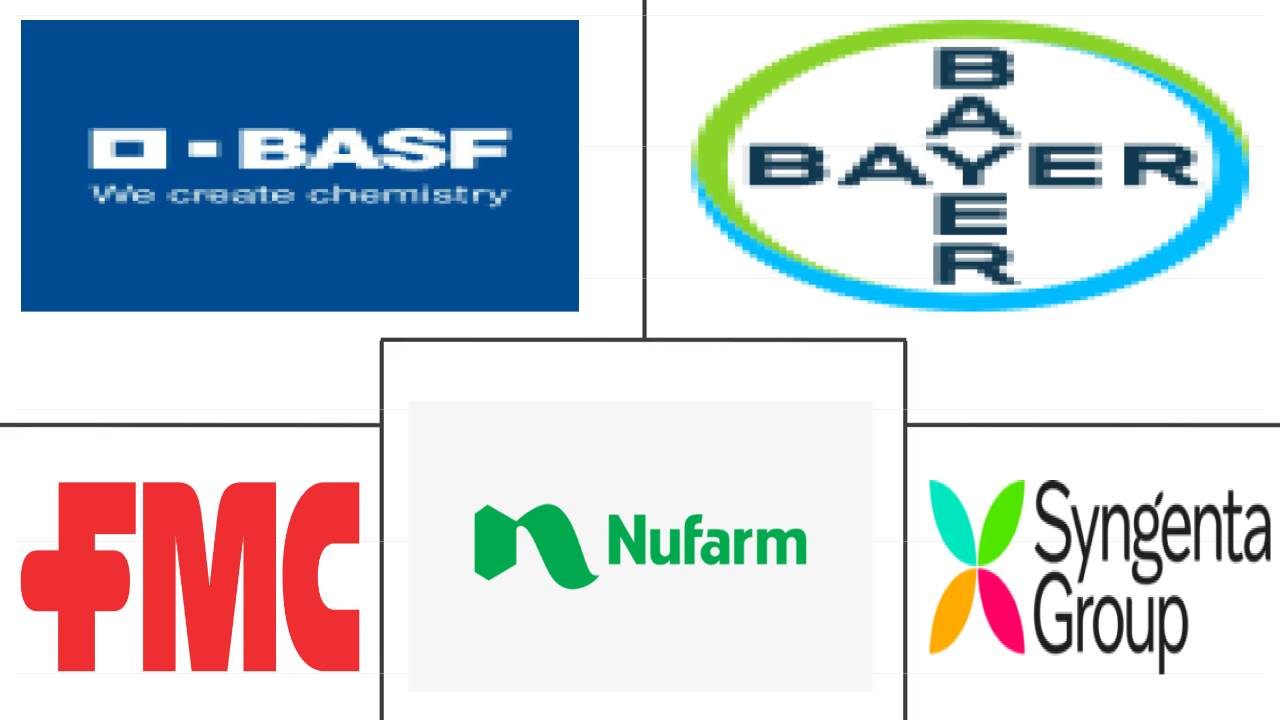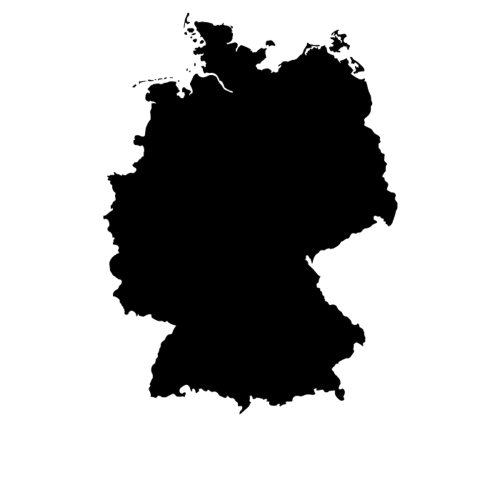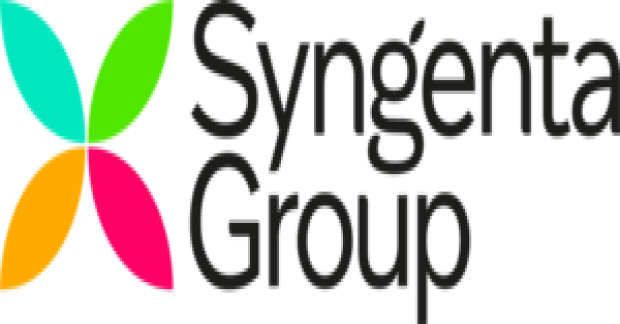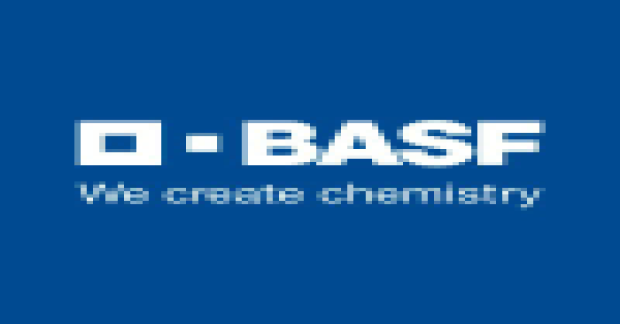Market Size of europe insecticide Industry
| Icons | Lable | Value |
|---|---|---|
|
|
Study Period | 2017 - 2029 |
|
|
Market Size (2024) | USD 4.52 Billion |
|
|
Market Size (2029) | USD 5.67 Billion |
|
|
Largest Share by Application Mode | Foliar |
|
|
CAGR (2024 - 2029) | 4.61 % |
|
|
Largest Share by Country | Germany |
Major Players |
||

|
||
|
*Disclaimer: Major Players sorted in no particular order |
Europe Insecticide Market Analysis
The Europe Insecticide Market size is estimated at 4.52 billion USD in 2024, and is expected to reach 5.67 billion USD by 2029, growing at a CAGR of 4.61% during the forecast period (2024-2029).
4.52 Billion
Market Size in 2024 (USD)
5.67 Billion
Market Size in 2029 (USD)
4.38 %
CAGR (2017-2023)
4.61 %
CAGR (2024-2029)
Largest Segment by Application Mode
58.26 %
value share, Foliar, 2023
The adoption of precision farming and increasing awareness of sustainable farming techniques have contributed to the growth of the foliar application segment in Europe.
Largest Segment by Crop Type
60.67 %
value share, Grains & Cereals, 2023
Grains and cereals dominate in insecticide consumption as they are affected by adverse weather conditions that favor widespread pest infestations, particularly aphids.
Largest Segment By Country
46.65 %
value share, Germany, 2023

The increase in the per capita consumption of insecticides due to the increase in pest infestations in the major crops over the years drives the insecticide market in Germany.
Leading Market Player 1
14.76 %
market share, Syngenta Group, 2022

Syngenta AG has launched a new insecticidal active ingredient with PLINAZOLIN® technology, which controls invasive pests in various crop types with targeted spray programs.
Leading Market Player 2
9.39 %
market share, BASF SE, 2022

BASF expanded its global insecticide portfolio by launching innovative and effective active ingredients Inscalis and Broflanilide, bolstering BASF's insect-control lineup.
Foliar application is the most significant method of insecticide application in Europe
- The market for foliar application of insecticides in Europe is significant and accounted for the largest market share of 58.2% in 2022, with a value of USD 2.42 billion. The adoption of modern agricultural practices like precision application and the increasing awareness of sustainable farming techniques in European countries have contributed to the growth of this application mode.
- Seed treatment accounted for a share of 16.5% in 2022. Seed treatment of insecticides is effective against soil-borne diseases like wireworms, cabbage root flies, carrot flies, onion flies, and Colorado potato beetles. Wireworms are the larvae of click beetles and can cause significant damage to various crops, including potatoes, cereals, root vegetables, and ornamental plants. They feed on the underground parts of plants, such as seeds, roots, and tubers, leading to stunted growth, reduced yields, and sometimes plant death.
- There is a growing emphasis on the utilization of the soil treatment mode of insecticide application to protect soil health and combat soil-borne insects that damage agricultural crops like white grub, termites, wireworms, mole cricket, earwigs, black scarab beetles, cutworms, and fire ants. Due to this, the consumption of insecticides through soil treatment methods is projected to increase by 3,457.5 metric tons between 2023 and 2029.
- Hydrogen cyanide, naphthalene, nicotine, and methyl bromide are the common chemicals used for fumigation purposes in the region. Fumigation is considered an effective method for controlling pests and reducing the risk of infestations in storing grains and cereals.
- These different application methods help farmers employ targeted approaches to protect their crops from fungal infections and enhance overall productivity.
Germany's dominance in the market is fueled by the increasing demand for insecticides driven by the necessity for effective insect control.
- The European insecticide market is witnessing significant expansion. This increased demand for insecticides is driven by the need to effectively manage insect pests such as the corn borer, leaf beetle, aphids, stem sawfly, and leafhoppers, which pose significant threats to crops, causing yield losses. As of 2022, Europe accounted for 12.8% of the total market share value in the global insecticide market.
- In 2022, Germany held a significant share of 47.3% in the North American fungicide market, asserting its dominance. Germany has a vast and diverse agricultural landscape, cultivating crops across different areas. This diversity makes crops more vulnerable to a variety of insect pests, resulting in an increased need for insecticides. The most frequently utilized insecticide active ingredients are carbamates and pyrethroids.
- With a significant market share of 12.9%, Russia ranks as the second-largest consumer of insecticides globally. The country's agricultural practices focus on intensive farming, characterized by the extensive cultivation of high-yield crops. However, this intensive approach also creates favorable conditions for the rapid spread of insect pests, such as aphids, maggots, whiteflies, flea beetles, cutworms, hornworms, and thrips. These pests pose a substantial threat to grains and cereals, resulting in crop damage and diminished yields. Therefore, insecticides become essential to safeguard crops and ensure continued productivity.
- The market is expected to experience a CAGR of 4.5% during the forecast period (2023-2029), primarily driven by the raised concerns for food security, growing demand for agricultural products, and the rising significance of insecticides in protecting crops.

